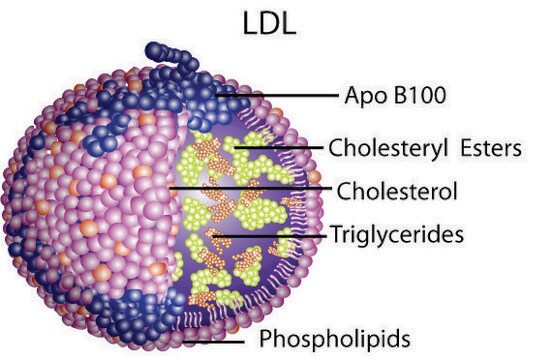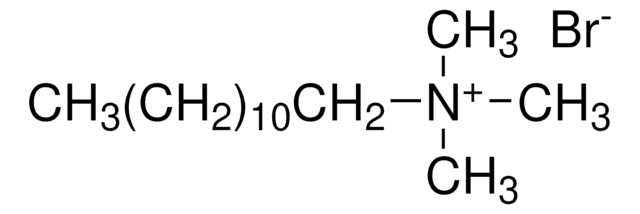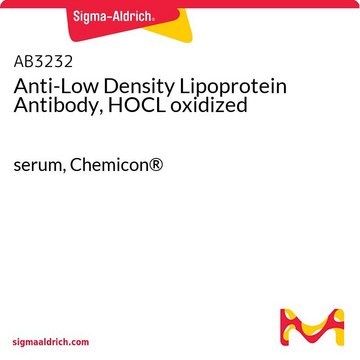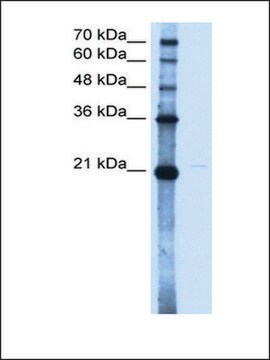L7914
Lipoprotein, low density from human plasma
≥95% (SDS-PAGE), solution
Synonim(y):
β-Lipoprotein, LDL, Low density lipoprotein
About This Item
Polecane produkty
pochodzenie biologiczne
human plasma
Poziom jakości
Próba
≥95% (SDS-PAGE)
Formularz
solution
grupa funkcyjna
ester
phospholipid
Warunki transportu
wet ice
temp. przechowywania
2-8°C
informacje o genach
human ... APOB(338) , APOC2(344) , APOE(348)
Szukasz podobnych produktów? Odwiedź Przewodnik dotyczący porównywania produktów
Zastosowanie
- as an additive in cholesterol-free RPMI media
- as a component in buffer to perform an assay for measuring lipid peroxidation
- to stimulate hepatic macrophages
- as a plasma protein to determine pazopanib unbound fraction (fu%) by equilibrium dialysis
Działania biochem./fizjol.
Przestroga
Właściwości fizyczne
Postać fizyczna
Inne uwagi
Oświadczenie o zrzeczeniu się odpowiedzialności
Kod klasy składowania
10 - Combustible liquids
Klasa zagrożenia wodnego (WGK)
WGK 3
Temperatura zapłonu (°F)
Not applicable
Temperatura zapłonu (°C)
Not applicable
Wybierz jedną z najnowszych wersji:
Masz już ten produkt?
Dokumenty związane z niedawno zakupionymi produktami zostały zamieszczone w Bibliotece dokumentów.
Klienci oglądali również te produkty
Produkty
Since cholesterol is a water-insoluble molecule it must be packaged for transport within the plasma. The particles that package cholesterol, cholesteryl esters, and triglycerides for transport, are called lipoproteins.
Lipoproteiny pakują cholesterol do transportu w osoczu, co jest niezbędne do transportu lipidów i funkcjonowania komórek w organizmie.
The potential for the prevention and treatment of cardiovascular disease through increased dietary intake of omega-3 (w-3) fish oils is not a recent scientific discovery.
Nasz zespół naukowców ma doświadczenie we wszystkich obszarach badań, w tym w naukach przyrodniczych, materiałoznawstwie, syntezie chemicznej, chromatografii, analityce i wielu innych dziedzinach.
Skontaktuj się z zespołem ds. pomocy technicznej










